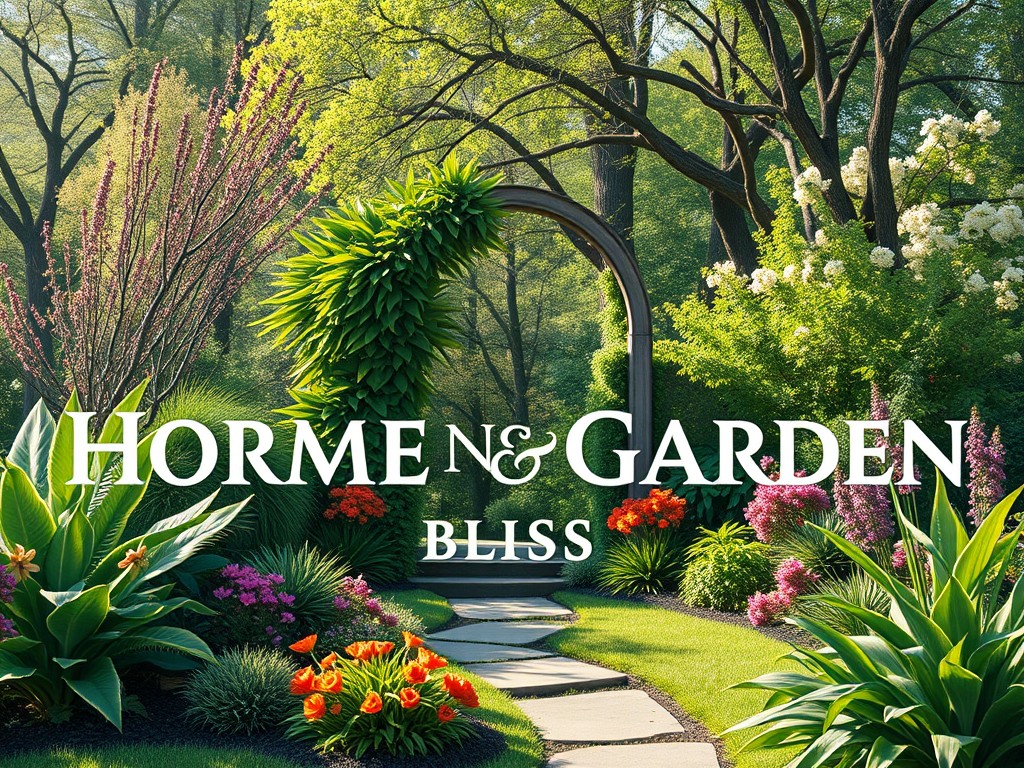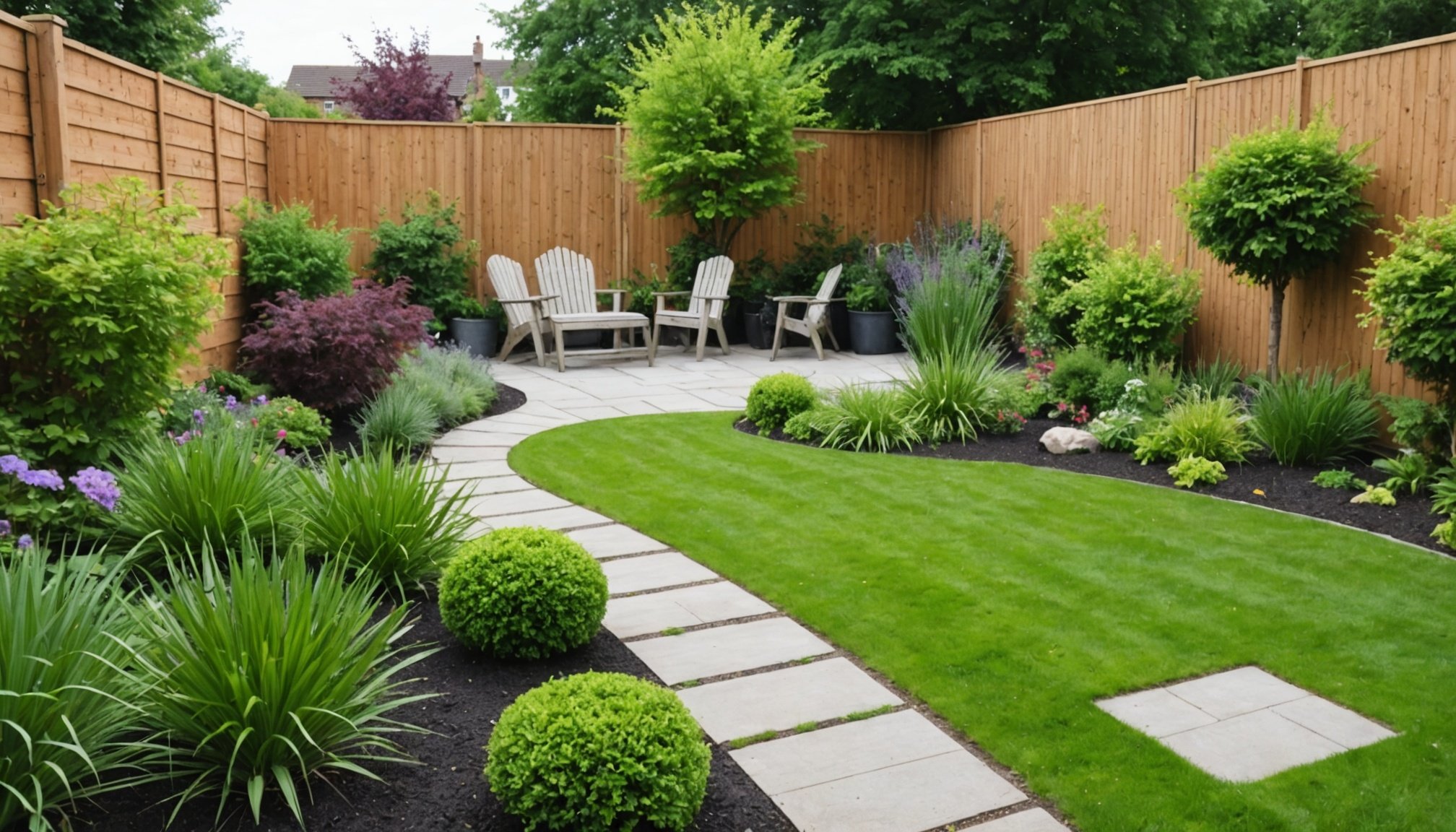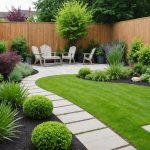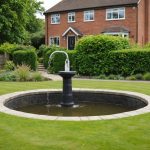Importance of Pet Safety in Garden Design
When prioritizing pet safety in your garden design, consider the potential risks that outdoor spaces can pose to your furry friends. Pets often face hazards such as toxic plants, sharp tools, and unprotected water features. By recognizing these risks, you can create a safer environment for your pets.
The benefits of incorporating pet-friendly features into your garden design extend beyond just safety. A pet-friendly garden enhances the overall well-being of your pet by offering an enriching outdoor space where pets can roam, play, and explore safely. This, in turn, contributes positively to their physical and mental health, reducing stress and anxiety commonly experienced by indoor-bound pets.
A lire également : Essential Tips for Caring for Your Thatched Roof: Expert Practices for UK Homeowners
A safer outdoor environment also plays a crucial role in influencing pet behavior. Pets that have access to secure outdoor spaces are generally more active and exhibit fewer behavioral issues. This means fewer instances of destructive behavior indoors since pets can satisfy their natural instincts to explore and play in their dedicated outdoor areas.
Integrating pet-friendly features effectively enhances not only your pet’s life but also strengthens the harmonious coexistence between pets and their human companions, promoting a more peaceful household.
Avez-vous vu cela : How can you decorate a UK home in a sustainable and eco-friendly way?
Key Features of a Pet-Friendly Garden
Creating a pet-friendly garden involves several considerations to ensure the safety and well-being of your furry friends. From selecting the right garden features to ensuring a secure environment, thoughtful design is crucial for a pet-friendly space.
Secure Fencing
Secure fencing is essential in maintaining a safe garden environment. It prevents pets from wandering off and protects them from external dangers. Strong, high fencing, ideally 6 feet or more, can effectively deter most pets from escaping. Pet-proof fence options include materials like chain-link or vinyl, both offering durability and security. Regular maintenance is vital; check for gaps, loose panels, and signs of wear that could compromise your fence’s integrity.
Safe Plants
Selecting safe plants is a critical aspect of a pet-friendly design. Opt for non-toxic plants such as basil, blue echeveria, and lavender, which pose no harm to pets. Conversely, avoid plants like lilies, azaleas, and rhododendrons known for their toxicity. A well-considered selection of plants ensures a safe green space for pets to explore.
Shaded Areas
A well-designed garden includes shaded areas where pets can rest and cool down. Incorporate elements like trees, pergolas, or shade sails, providing respite from the sun. Shaded spots not only contribute to pet health by preventing overheating but also encourage natural behaviours like playing and lounging.
Creating Play Zones for Pets
Designing a pet play zone is not just about space—it’s about enrichment and engagement. Different pet sizes require tailored solutions. For smaller pets, consider low-to-ground equipment that encourages climbing and hiding. Larger pets benefit from more expansive areas that allow them to run freely and explore.
Ensure the safety of your pets with durable play equipment. When placing equipment outdoors, it’s crucial to secure it firmly, preventing tipping or moving during vigorous play. Consider materials that withstand weather and chewing, like tough plastics or treated wood.
To keep playtimes consistently stimulating, integrate interactive elements. Rotating toys, puzzle feeders, and tunnels can elevate any pet play zone. Engage pets’ senses with textured surfaces or elements like water features, which attract and intrigue.
Outdoor play offers an added layer of enrichment. If space allows, paths with different terrains or levels can provide novel experiences. Shade and shelter in these zones also protect pets from harsh weather, ensuring comfort during longer play sessions.
Ultimately, a well-designed pet play zone enriches daily life, providing mental and physical stimulation crucial for a pet’s overall well-being. Encouraging natural play instincts, these zones offer a safe harbour for exercise and joy.
Choosing Non-Toxic Materials
When considering garden safety, using non-toxic materials is not only crucial for the environment but also for the well-being of your pets. This section will delve into safe hardscaping options and the best choices for mulches and soils that align with a pet-friendly lifestyle.
Safe Hardscaping Options
Opt for non-toxic paving materials like natural stone, brick, or recycled concrete to create walkways and patios. These options ensure that your paths and outdoor areas are free from harmful chemicals that could potentially harm your pets. Additionally, when selecting fencing and garden décor, prioritise eco-friendly materials like untreated wood or bamboo. These materials not only contribute to sustainability but also ensure that your pets are not exposed to toxic substances.
Pet-Friendly Mulches and Soils
In terms of mulch, avoid cocoa mulch as it contains theobromine, which is toxic to pets. Instead, consider alternatives like pine bark or cedar mulch for a safer environment. Soil selection also plays a critical role in pet health—use organic soils without synthetic fertilizers to minimise toxic exposure. Alternatives to harmful fertilizers include natural compost or bone meal, which nourish the garden while remaining safe for pets. Selecting the right materials will help foster a healthy and thriving outdoor space for all family members.
Local Climate Considerations
Understanding Nottingham’s unique weather conditions is crucial for effective garden planning, particularly when pets are involved. Nottingham experiences a temperate maritime climate, with mild summers and cool winters. This local climate greatly influences garden planning decisions.
Seasonal considerations play a vital role. During winter months, when frost is common, providing warm, sheltered areas for pets can prevent discomfort and health issues. Similarly, in the heat of summer, it’s important to ensure ample shaded areas to protect pets from high temperatures.
Adapting garden features to these local weather patterns can enhance both the beauty and functionality of your garden. For instance, water drainage systems should be optimised to manage the frequent rainfall seen throughout the year. Also, selecting plants that thrive in this specific climate can reduce maintenance and the necessity for artificial protection.
Garden planning should incorporate pet safety by considering elements such as non-toxic plants and secure fencing. This provides peace of mind no matter what season. By tailoring your garden to the distinct Nottingham weather, you can create a safe, pleasant outdoor space for your pets year-round.
Community Guidelines and Regulations
Navigating community life involves understanding specific regulations, especially concerning pet ownership laws and garden rules. Being informed can foster a harmonious environment for all residents.
Local Pet Ownership Regulations
In Nottingham, local pet ownership regulations are pivotal for maintaining community standards. Pet owners must adhere to rules such as leash laws and waste disposal to ensure the enjoyment of public spaces by everyone. Violations can result in fines and community disapproval, highlighting the importance of compliance. Engaging with local pet groups can offer valuable resources and insights into navigating these regulations effectively.
Neighbourhood Associations
Neighbourhood associations play a significant role in overseeing garden design and other communal projects. They often encourage collaboration among residents to spearhead pet-friendly initiatives, fostering inclusivity and enhancing the area’s quality of life. For instance, some communities have successfully created shared garden spaces with designated areas for pets, promoting sustainable living and strengthening neighborly bonds. Joining or participating in these associations allows residents to contribute to and benefit from their community regulations actively.
Understanding and respecting these guidelines ensure that both pet owners and non-owners can coexist seamlessly, making Nottingham a welcoming place for all its residents.
Visual Inspiration and Examples
Creating a pet-friendly garden requires a blend of creativity and practicality. One effective strategy is to draw garden inspiration from successful examples. By examining pet-friendly designs, you can gather insights into what makes a space both appealing and safe for pets.
Online resources are invaluable in this process. Websites dedicated to garden inspiration offer a wealth of visual examples that showcase diverse layouts and styles. Social media platforms like Pinterest and Instagram are also rich sources, providing countless pictures of adaptable and innovative garden designs tailored for pets. These platforms allow you to see a range of styles and features, helping you to shape your own vision.
Before diving into implementation, it is crucial to visualise your garden layout. This involves not only considering the aesthetic appeal but also ensuring functionality and safety for your pets. Sketching ideas on paper or using digital tools can aid in this visualization process, allowing you to experiment with different layouts without committing to immediate changes.
When designing a garden with pets in mind, consider aspects such as safe plant choices, durable pathways, and comfortable resting areas. Taking time to explore options and visualise different designs can lead to a space that is both beautiful and welcoming for all family members, including your furry friends.











